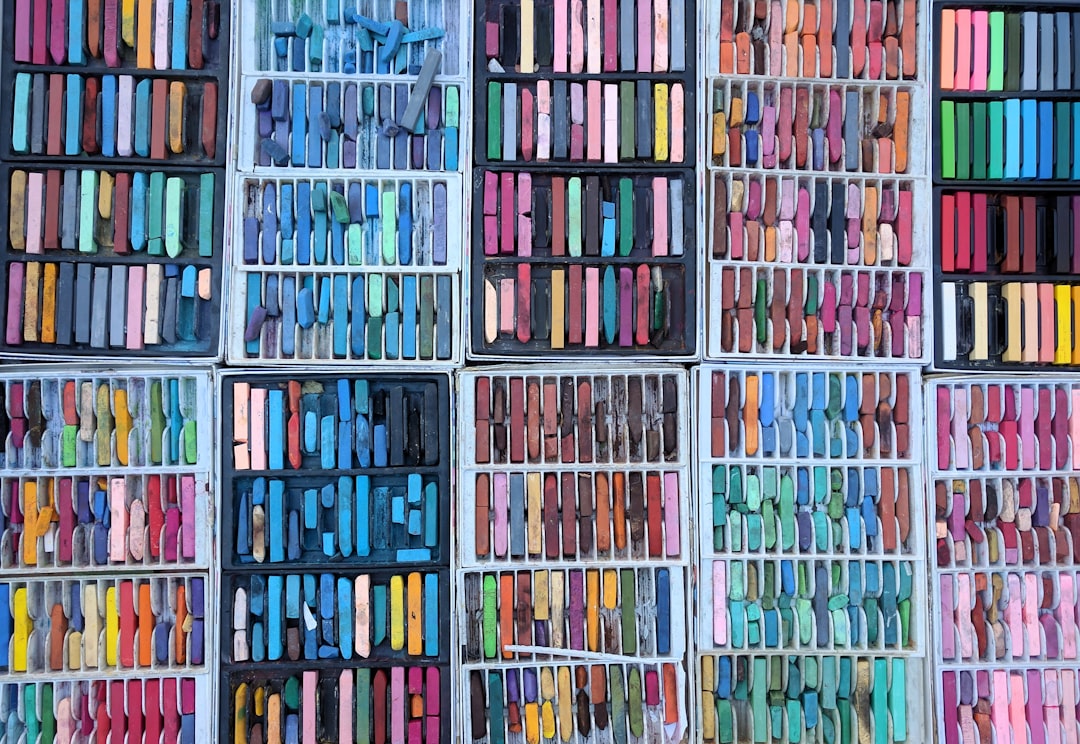Art has been a longstanding form of self-expression for centuries, serving as a way for individuals to convey their thoughts, emotions, and experiences through various mediums. Whether it be through painting, drawing, sculpture, photography, or any other artistic medium, the process of creating art allows for a unique and personal way for people to document their innermost desires and feelings.
One of the key aspects of art as a form of self-expression is the ability for individuals to communicate their emotions in a non-verbal manner. Oftentimes, words can fail to adequately capture the complexity of human emotions, but through art, individuals can visually represent their feelings through color, line, and form. This can be especially therapeutic for those struggling with mental health issues, allowing them to release pent-up emotions in a constructive and creative way.
Art also serves as a way for individuals to explore their identity and sense of self. Through the creative process, artists are able to delve deep into their subconscious and uncover aspects of themselves that may have been previously unknown or suppressed. This introspective journey can lead to a greater understanding of one’s own desires, fears, and aspirations, ultimately resulting in a stronger sense of self-awareness.
Furthermore, art allows for a sense of freedom and autonomy that may not be present in other aspects of life. When creating art, individuals have the ability to break away from societal constraints and expectations, allowing for a true expression of their innermost thoughts and feelings. This sense of liberation can be empowering and can lead to a greater sense of fulfillment and satisfaction in one’s life.
In addition, art can serve as a form of protest or activism, allowing individuals to voice their opinions on social, political, and environmental issues. Through art, individuals can shed light on injustices, challenge societal norms, and inspire change in their communities. Art has the power to provoke thought, spark conversations, and incite action, making it a powerful tool for advocacy and social change.
One of the most beautiful aspects of art as a form of self-expression is its universality. No matter one’s background, culture, or language, art has the ability to transcend barriers and connect people on a deeply emotional level. Through the creation and appreciation of art, individuals can find common ground and foster a sense of empathy and understanding towards one another.
Moreover, art as a form of self-expression has the ability to inspire and uplift both the creator and the viewer. When individuals create art, they are able to tap into their creative potential and unleash their imagination, resulting in a sense of accomplishment and pride. Likewise, when individuals view art, they are able to experience a wide range of emotions and perspectives, leading to a greater appreciation for the beauty and complexity of the world around them.
In conclusion, art serves as a powerful and important form of self-expression for individuals around the world. Through the creative process, individuals are able to communicate their emotions, explore their identity, assert their autonomy, and advocate for change. Art has the ability to connect people, inspire empathy, and uplift spirits, making it a vital aspect of human existence. As we continue to navigate the complexities of life, let us remember the power and beauty of art as a way to express ourselves and connect with others on a deep and meaningful level.

